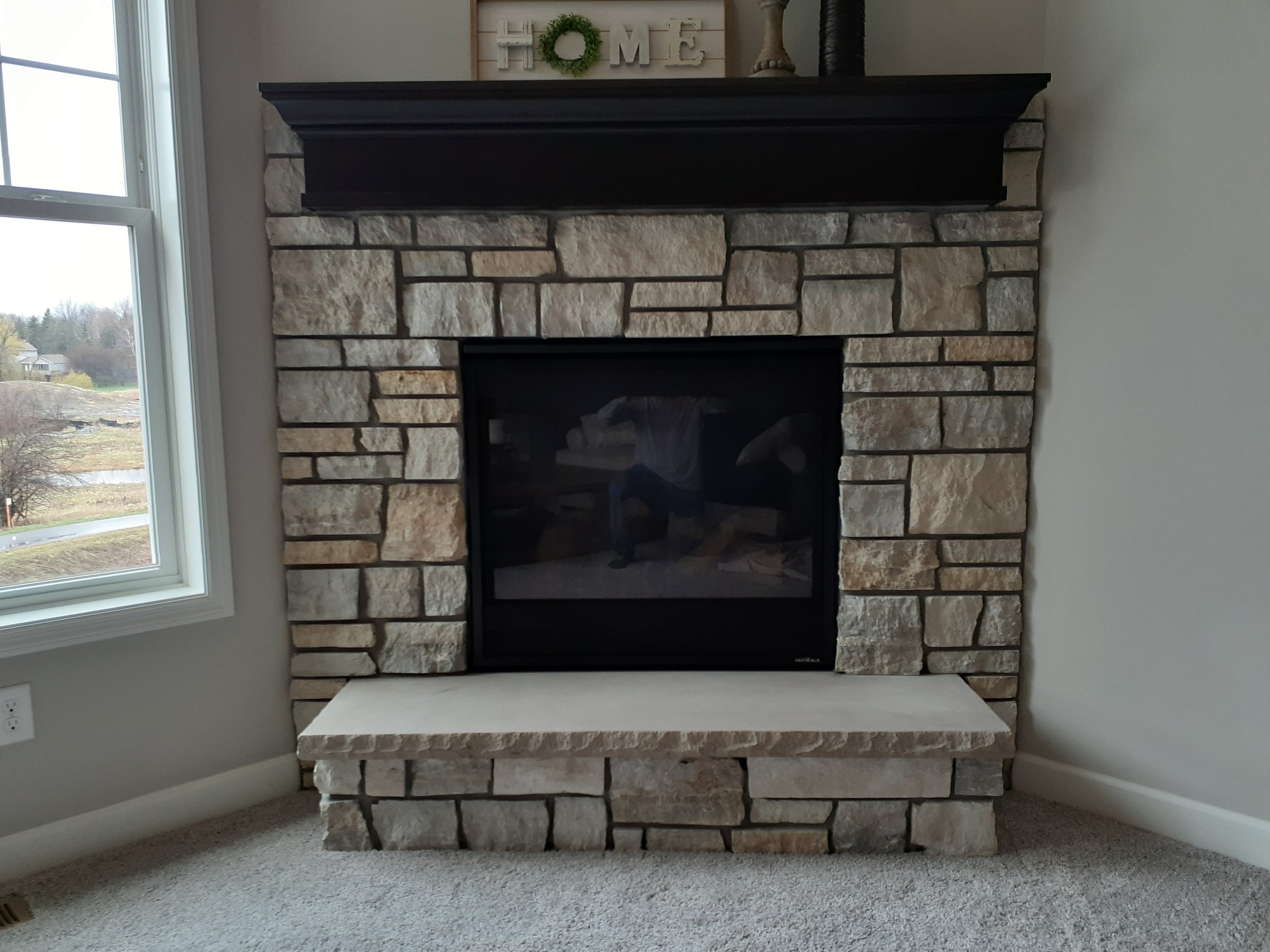What Distinguishes Dry Masonry Construction?
Constructed without cement and other grouts, dry masonry has long been one of the oldest forms of construction in human history. Rather, centuries ago, craftsmen could stack their building blocks together so that they neither slid out of place nor dropped downward before relieving the weight of the materials for the result to be a very dense, durable building. In this way, dry masonry is different from standard masonry, which depends on cement to bond materials.
Structures built with this method include some of the most famous monuments today, such as the walls of the Incas at Machu Picchu and the Scottish dry-stone walls. This is one of the most popular methods used even today by masons. It is drum-tight, eco-friendly, and very easy to repair. Such structures, owing to their natural shifting and settlements over the years, would not develop any cracks nor call for expensive repairs.
Masonry Construction Type: Why Dry Masonry Stands Out
Dry masonry is different from other Masonry Construction Types in that it does not require mortar. Each stone or brick has been built carefully to shape and fit, with proper weight and friction alone to create strength. Dry masonry is used to construct retaining walls and pathways. Murphy Masonry puts experience into every work conducted, placing stones so well that lasting strength and beauty remain present in the final structure.
A beautiful feature of dry masonry is that it blends quite naturally with the surroundings. Whether involved in making a simple garden wall or anything grander, a spectacular architectural project, dry masonry enhances the landscape without harming it at all. Excellent drainage prevents the buildup of water from erosion, so is installed and used on such projects. For the aspect of function and style, dry masonry is the solution you seek.
Why Choose Dry Masonry Construction?
In dry stonework, flexibility is one of the greatest attributes attributable to the absence of mortar; with a little ground movement, the entire structure tends to manoeuvre slightly without much cracking. This additionally fits areas with frequent temperature changes, wherein normal masonry may deteriorate faster. Another important quality would be water handling. Dry stonework is no traditional masonry; this moisture goes to the cracks instead of drying the masonry unit itself. Such naturally flowing water accesses avoid longer structural damages and thus improve the prospects of the life cycle of the project. Nevertheless, it allows for easy repairs since just one stone can be removed from the structure without compromising the rest.
Dry masonry is considered, in principle, an environmentally friendly choice and, therefore, sustainable. It reduces the need for cement, which has a high carbon footprint, and it often constitutes locally sourced stones, significantly cutting down on transportation emissions. If we are speaking about construction methods that are environmentally friendly and long-lasting, for sure, dry masonry fits that description.
Veneer Installation and Dry Masonry: A Perfect Combination
Dry masonry isn’t just about stacking large stones—it also plays a key role in modern veneer installation. Dry-stacked stone or brick veneers offer the same classic look as full masonry walls but without the added weight or complexity of cement-based construction. At Murphy Masonry, we specialize in dry-stacked Stone Veneer Installation, creating natural, rustic aesthetics for any space.
The dry-stack installation of veneers enjoys special popularity with fireplaces, accent walls, and exterior treatments of homes. It encompasses the ageless beauty of real stone masonry morphology with a fairly easy installation that is also painless on the pocket. Whether inside or outside, our expert veneer installation always guarantees a seamless high-end finish.
Dry Masonry in Modern and Historic Architecture
Even though dry masonry is considered an old technique, its approach is still seen in many modern constructions. Many modern designers and landscape architects attribute this technique to contemporary constructions in retaining walls, patios, and accent pieces. At Murphy Masonry, we combine classic craftsmanship with modern technology to create spectacular, long-lasting structures.
One of the reasons dry masonry is being rediscovered is its authenticity. In a world choked with mass-produced building materials, one can truly appreciate dry masonry for its individually crafted artistry. Each stone is carefully chosen and placed in the work so that no two may look alike. Therefore, dry masonry is favored in historic restoration jobs and, above all, the custom-built designs that call for a personal artistic imprint.
Conclusion: The Enduring Appeal of Dry Masonry
Dry masonry construction is a time-honoured method that continues to stand the test of time. Whether it’s for retaining walls, landscaping features, or elegant veneer installations, this mortar-free technique offers unmatched durability, flexibility, and aesthetic appeal. At Murphy Masonry, we’re committed to preserving and advancing this traditional craft, ensuring every project is built to last. If you’re looking for a construction method that combines strength, sustainability, and timeless beauty, dry masonry is the perfect choice.

